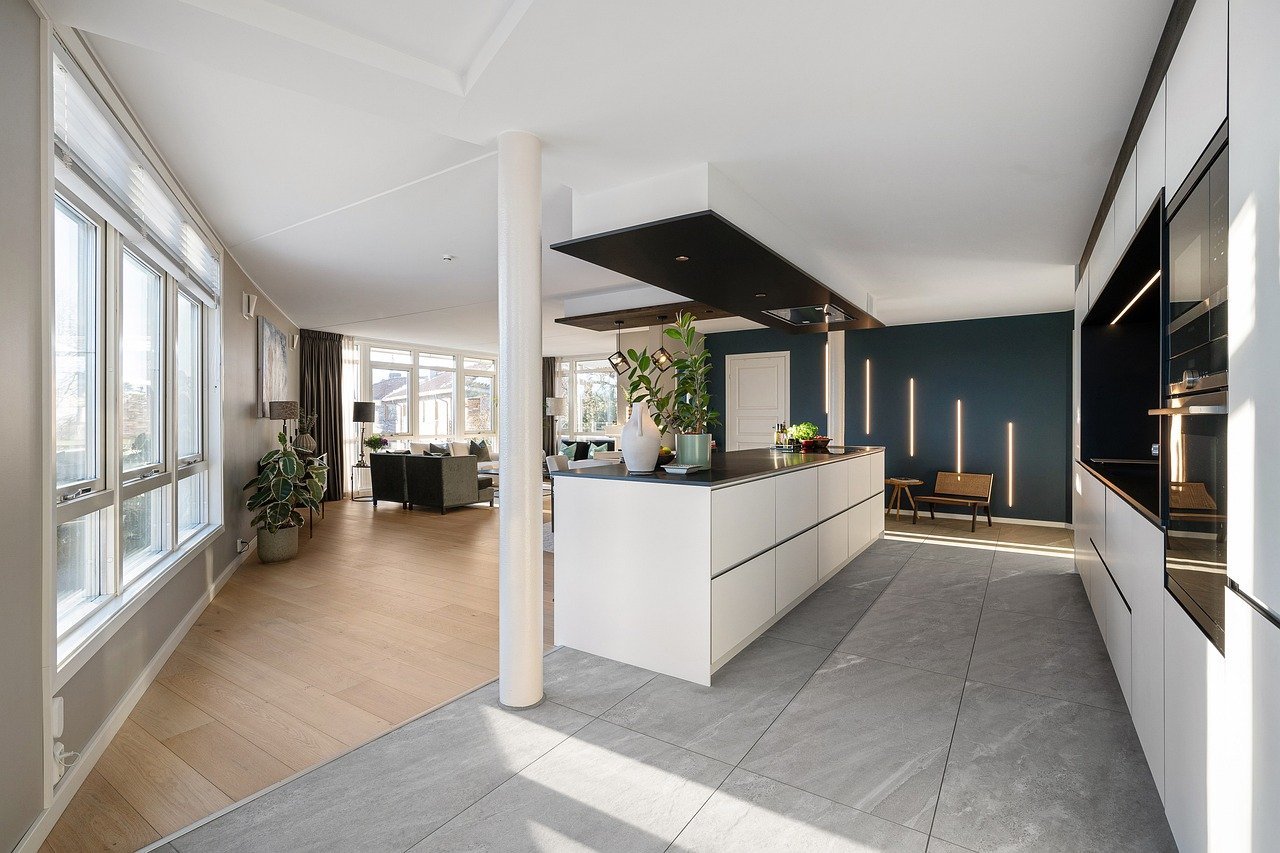Setting up a smart home is an exciting venture that promises convenience, efficiency, and security. However, before you embark on this journey, there are several important factors to consider to ensure a smooth and successful transition. From compatibility issues to security concerns, here are some essential things to take note of before diving into the world of smart home technology:

- Compatibility and Integration: Before investing in smart devices, it’s crucial to research their compatibility with each other and with your existing home infrastructure. Ensure the devices you choose can seamlessly integrate and communicate with one another to avoid compatibility issues down the line. Look for products that support popular protocols like Zigbee, Z-Wave, or Wi-Fi for broader compatibility.
- Home Network and Connectivity: A reliable home network is essential for the smooth operation of smart devices. Make sure your Wi-Fi network is robust and capable of handling the increased bandwidth demands of multiple connected devices. Consider investing in a mesh Wi-Fi system to ensure strong and consistent connectivity throughout your home, minimizing the risk of signal dropouts or delays.
- Privacy and Security: With the proliferation of internet-connected devices, cybersecurity is a major concern in the realm of smart homes. Before setting up your smart home, take steps to enhance security and protect your personal data. Opt for devices with built-in security features like encryption and two-factor authentication, and regularly update firmware to patch vulnerabilities. Additionally, consider segregating your smart home devices onto a separate network to isolate them from other connected devices and minimize the risk of unauthorized access.
- Budget and Scalability: Smart home technology comes in a wide range of price points, so it’s important to establish a budget and prioritize your needs accordingly. Start with essential devices like smart hubs, security cameras, and thermostats, then gradually expand your system as needed. Consider the long-term costs of maintaining and upgrading your smart home ecosystem, including subscription fees for cloud services and ongoing device maintenance.
- User Experience and Convenience: While the primary goal of a smart home is to enhance convenience and efficiency, usability should not be overlooked. Choose devices with intuitive interfaces and user-friendly apps to simplify setup and operation. Consider factors like voice control compatibility, automation capabilities, and app reliability to ensure a seamless user experience that aligns with your lifestyle.
In conclusion, setting up a smart home requires careful planning and consideration of various factors. By addressing compatibility issues, ensuring network reliability, prioritizing privacy and security, budgeting wisely, and prioritizing user experience, you can create a smart home ecosystem that enhances your daily life while minimizing potential challenges and drawbacks. With the right approach, your smart home dreams can become a reality!

